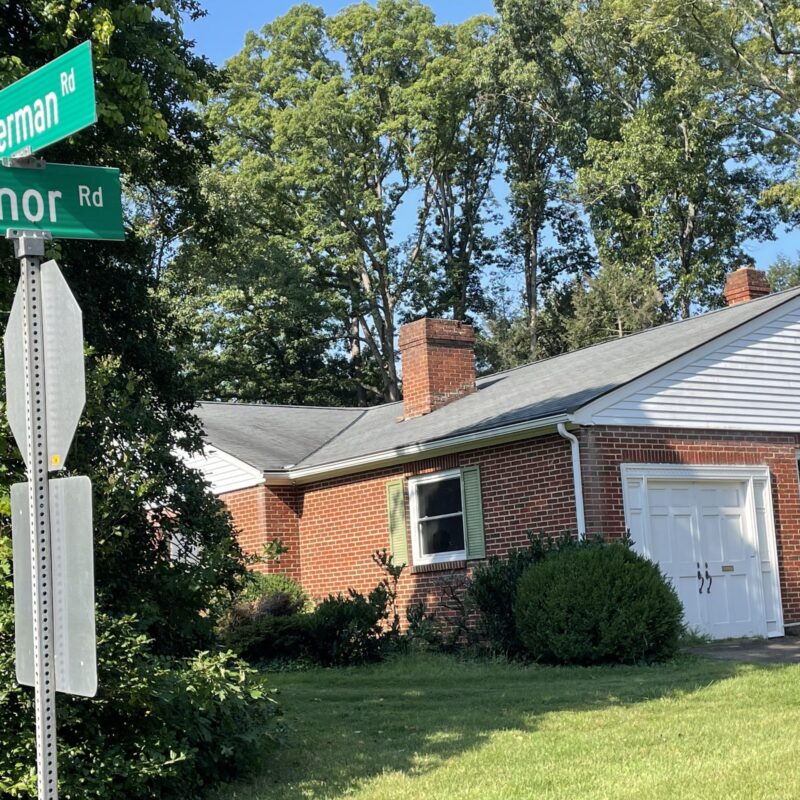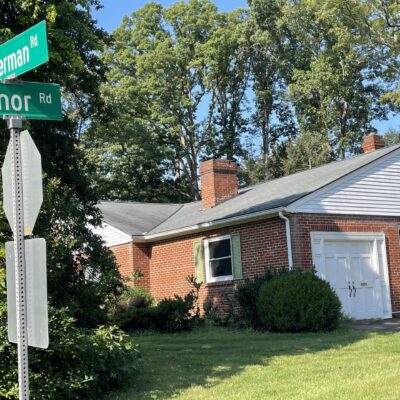One of the issues that has long plagued Downtown Charlottesville is rearing its ugly head again on the Charlottesville City Council agenda: parking. There are about 6,000 spots Downtown, and though only 63 percent of them are currently used in the busiest times of day, Council will take action in January on a slate of proposals—some minor tweaks and some major investments—to make more room for cars Downtown.
The boldest of these recommendations is to start on a third Downtown parking garage. Never mind that the Water Street public spaces are only at 55 percent capacity during the day. Or that the two surface lots—one owned by the city and one owned by a private group—still haven’t been sold for redevelopment. New development in the pipeline will suck up parking capacity over the next five years, says city staff.
|
The Water Street garage is only 55 percent full at peak hours during the average weekday. |
“There’s so much lead time to get one built that we need to start looking right now,” says Jim Tolbert, director of the city’s Neighborhood Development Services, “because the numbers we have now indicate that there will be a need in five to six years.”
How would this parking garage be funded? In part, from developer contributions. Another part of the proposal is to scrap the parking-exempt status currently in place in Downtown, whereby a developer can erect a nine-story building without building any parking at all. Under rewritten regulations, that developer would have to put money into a city fund for the new parking garage if he didn’t provide at least one parking space per residential unit. That money, in turn, would go to the parking garage.
Most of the recommendations to Council come from a consultant’s report done by Raleigh-based Martin Alexiou Bryson, but the parking garage idea—and the idea to ditch the parking-exempt zone—seems to be driven by city staff. The consultants’ report does not explicitly recommend building a new parking garage.
If Council elects to ditch the parking-exempt zone, it will undermine yet another facet of the landmark 2003 city rezoning. It emphasized increasing density, particularly in the city’s core, to grow the tax base while also creating a better climate for mass transit. But in Tolbert’s staff report, he argues that the parking-exempt zone has outlived its usefulness.
“Banks were willing to lend to projects without parking,” says the staff report. “Now, the reality is that banks do not want to lend if a project has no parking and on-street spaces are over used as demand has grown.”
Free marketers might take issue with the city presuming what will get bank loans (in the current climate, perhaps nothing). Regardless, the consultant’s report actually says that the parking-exempt zone “is not currently causing any problems. Recent developers have been able to lease existing parking spaces in order to meet market needs (including financiers’ requirements).” It goes on to say that if the city does get rid of the parking-exempt zone, then the money from developers could go to programs to encourage Downtown employees to use other ways of getting to work than a single-occupancy car.
The other proposed changes are geared towards liberating on-street parking from the clutches of commuters. While there are plenty of open off-street parking sites, on-street two-hour spots are full 85 percent of the time. Many of the spots on Water and Market streets would be converted to one-hour spots instead of two-hour or 30-minutes. Enforcement, meanwhile, would be shifted from the police to Neighborhood Development Services.






